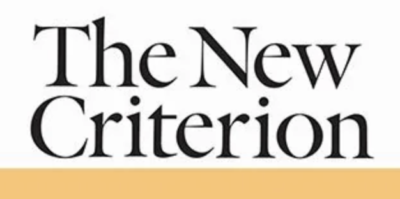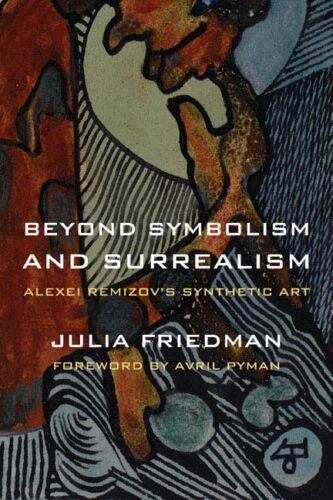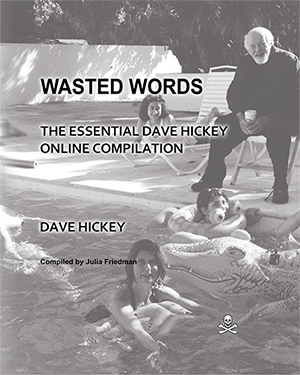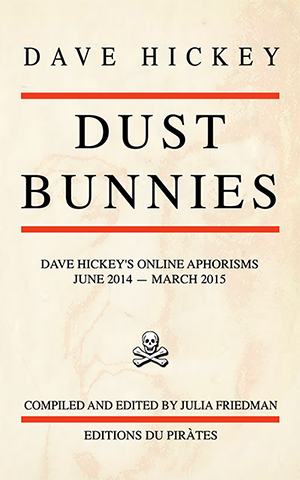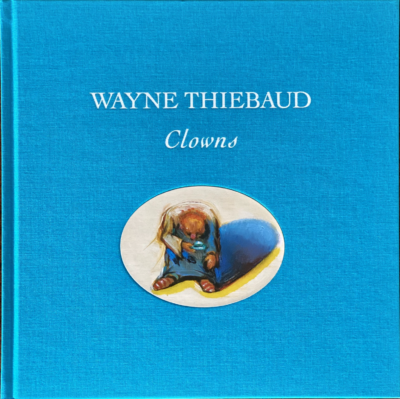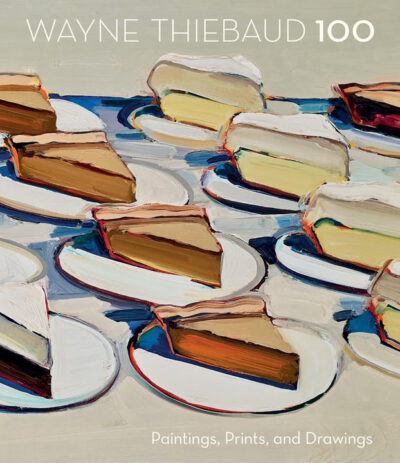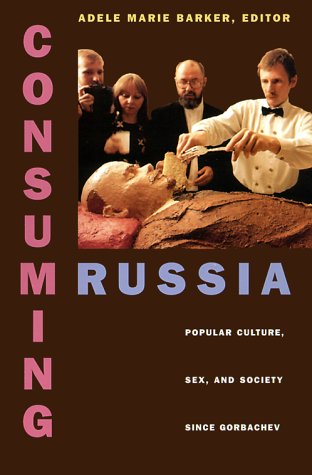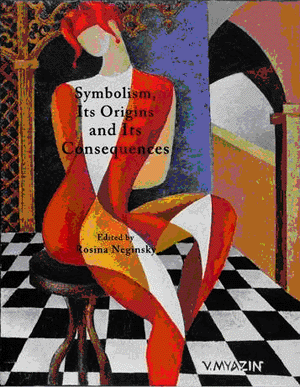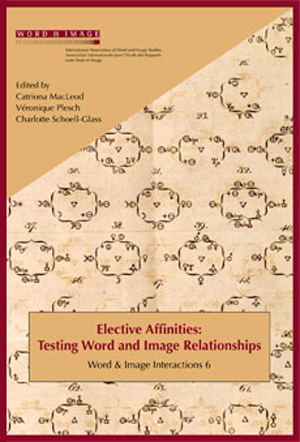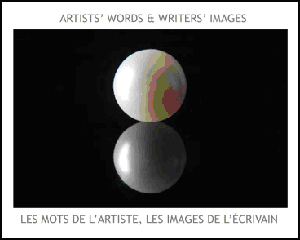Museum Courses
2019 “Forever Landscape,” LAM (Laguna Art Museum), public lecture cycle, 5 lectures, November-December
Landscape is at once the most popular and the most misunderstood genre in painting. On the surface, it seems deceptively simple: after all, what is there to the “portrait” of nature? Yet, once we take a closer look at the history of landscape in Western painting from the early 1800s to the present day, the complexity and diversity of the genre manifests itself very clearly—landscape painting has been anything but a straightforward reflection of nature on the canvas. Forever Landscape will explore the fascinating and complex development of the genre, its centuries-long evolution from decorative, symbolic, quasi-religious and socially-charged, to the technique-oriented, lyrical, expressive and abstract. Far from being a quaint relic of the past, landscape painting is as prominent today as it has ever been—its currency and necessity underscored by looming environmental threats and nature-averse technological progress.
2019 “Decadence is Where it all Started,” OCMA (Orange County Museum of Art), Visionaries lecture cycle, 6 lectures, Spring
The Spring 2019 lectures will finish the series by leading though a tangle of artistic developments that took place in Europe during the last third of 19th century. We will begin our journey in Paris, the birthplace of Modern art, as we investigate the array of reasons that led the artists to shift their focus from copying to reconfiguring nature. Other key European locales—London, Oslo, Brussels, Vienna and St. Petersburg—will provide a broader picture of how historical and political uncertainty at the end of the 19thcentury was channeled into unique and burgeoning art scenes (a situation unlike the one the art world found itself at the end of the 20thcentury). We will consider regional and national variations of such movements as Impressionism, Neo- and Post- Impressionism and Symbolism, focusing on the rise of individualistic tendencies that eventually led to today’s stylistic and ideological pluralism. Contemporary art’s acceptance of social practice performances alongside blue chip abstraction is a testament to that pluralism is here to stay.
2019 “Realism, Photography and Visual Truth,” OCMA, Visionaries lecture cycle, 6 lectures, Winter
The Winter 2019 series tackles the ever-shifting notion of visual truth, as it was expressed both in painting and photography in the middle decades of the 19thcentury. What led artists to make verisimilitude and adherence nature their focus? Why did narratives become so fashionable all of a sudden? How did the rise of photography influence the direction of painting? 19thcentury realist art is as well known for being influenced by politics and science, as contemporary art is for the close relationship with technological and social trends. From its aggressively contemporary subject matter, to its novel modes of viewing, the Realist revolution in art is still echoed in today’s figurative painting (Eric Fischl), sculpture (Charles Ray), photography (Thomas Struth) and installation (Dieter Roth).
2018 “Romanticism and its Consequences,” OCMA, Visionaries lecture cycle, 6 lectures, Fall
The Fall 2018 series examines Romanticism—a fascinating phenomenon that took over the European continent in the first thirty years of the 19thcentury. We will begin by learning about the historical and cultural origins of Romanticism and its contemporary manifestations in art and popular culture. Among the topics to examine will be: the image of the Romantic anti-hero, the nature of Romantic genius, representations of death, violence, madness and love, and Romantic dreams and visions. We will trace the art historical trajectories that led from Eugene Delacroix to Bridget Riley, Phillip Otto Runge to Mark Rothko, Theodore Géricault to Damien Hirst.
2018 “Contemporary Art: 1978–2018,” OCMA, Visionaries lecture cycle, 6 lectures, Spring
“Contemporary Art: 1978–2018,” takes into consideration the tectonic shifts that took place in the visual arts since the 1970s. We will begin by looking at various definitions of contemporary art, and the infrastructure that sets it apart from the art of previous periods. After that, we will take a close look at different genres in contemporary art, including painting, sculpture, photography and performance. The last lecture in this series will tackle the complicated relationship of contemporary art with fashion, design and popular culture.
2018 “Art in the Society of the Spectacle,” OCMA, Visionaries lecture cycle, 6 lectures, Winter
This cycle of lectures examines how the rise of what the French writer and theorist Guy Debord called “the society of the spectacle” has influenced the state of today’s contemporary art. As post-war culture evolved from meritocratic striving to produce and accumulate tangible objects into a virtual endeavor closely tied to social media and appearances — contemporary art followed suit. We will examine the changes that took place in the status of the artist, the role of museums, commercial galleries, art fairs, art criticism and art publications.


